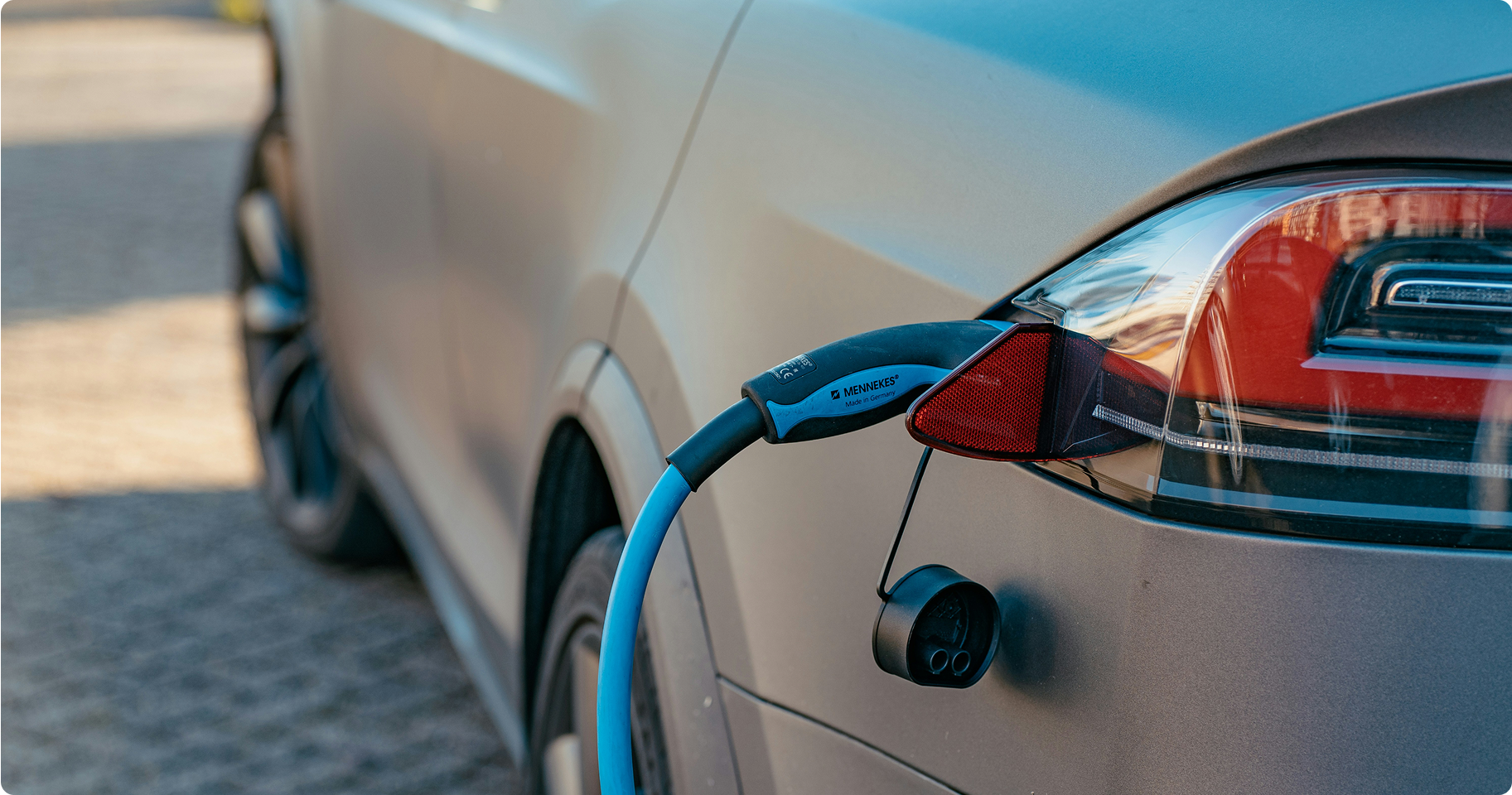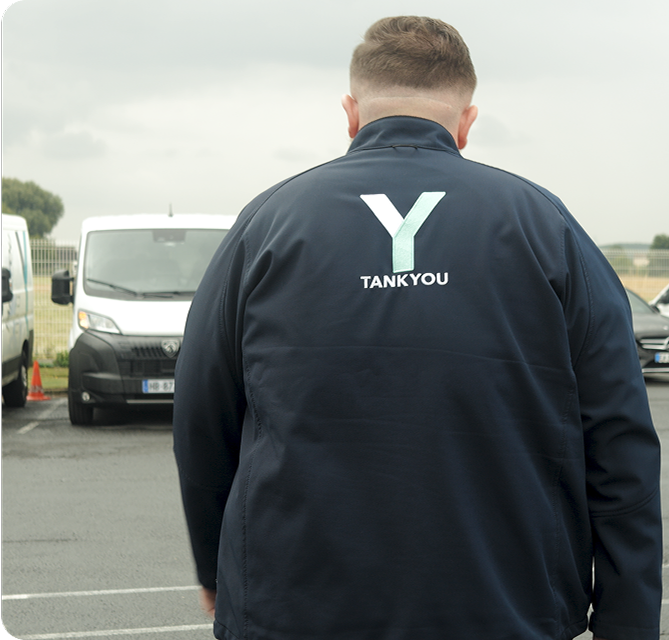

La electricity delivery is a fundamental process to ensure that electrical energy reaches your home or business without interruption. Understanding the steps and actors involved in this process makes it possible to better understand the electricity value chain, from its production to its final use.
The delivery of electricity goes through several essential steps that guarantee the correct supply of energy to consumers. These steps include production, the transporting, the distribution, as well as the management of counters and delivery points (PDL).
Electrical energy comes from various springs such as power plants, whether nuclear, thermal, hydroelectric or derived from renewable sources like wind and solar. Each production method has its own characteristics and impacts the environment and the cost of electricity differently.
Once produced, electricity must be delivered over long distances, often between power plants and consumption areas. This step is based on a high-voltage line network managed by operators specialized in electricity transmission. The role of these lines is crucial in minimizing online losses and guarantee energy stability.
After transport, the electricity is distributed via a low voltage line network to homes and businesses. Distribution system operators operate locally to ensure that electricity is delivered in a manner reliable and Secured to end consumers. They also take care of technical interventions, such as connections and repairs.
The electric meter plays a key role in delivery, as it measures the amount of electricity consumed by each user. Today, the smart meters allow more accurate and responsive management of consumption, offering users detailed and up-to-date information on their energy consumption.
To fully understand the full functioning of electricity delivery, it is useful to know some concepts and terms commonly used in this sector such as PDL, the electricity supply, and the inner workings of counters.
Each point of delivery, or PDL, represents a unique identifier that makes it possible to identify a specific location where electricity is supplied. The PDL is essential for carrying out operations such as the opening or closing of an electricity supply contract. It is thanks to this specific code that suppliers can effectively manage and monitor the electricity consumption of customers.
Les electricity suppliers offer various supply contracts adapted to the specific needs of consumers. There are varied offers ranging from regulated rates aux market offers, sometimes includinggreen electricity. Choosing a supplier and an offer can affect the complexity and cost of the electricity bill.
Technological advances have made it possible to develop smart meters that improve the monitoring and management of electricity consumption. These meters are capable of transmitting real-time data to network managers and consumers, thus facilitating preventive maintenance, the displacement of consumption time slots, and even the rapid detection of malfunctions.




Behind every electrical outlet is a complex and highly monitored network. From production to your meter, electricity delivery requires specialized players, advanced technologies and critical infrastructures.
Electricity management includes growing challenges due to climate change, increased energy demand, and the integration of renewable energies. Various solutions are put in place to meet these challenges and optimize electricity delivery.
To minimize the losses during transport and distribution, numerous efforts are focused on infrastructure modernization and the improvement of network management. This includes significant investments in cutting-edge technology and solutions for remote monitoring, making it possible to quickly prevent and correct any malfunction.
With renewable energy sources such as wind and solar being unpredictable, flexibility And the energy storage become essential. Energy storage systems, such as large capacity batteries, play a key role in maintaining the balance between electricity generation and demand.
The integration of renewables in the energy mix presents numerous environmental benefits, but also technical challenges. Networks must adapt to this variability and intermittency to continue to provide stable and reliable electricity. Solutions include adjusting the production of traditional units and setting up infrastructures adapted to renewable generators.
La scanning is positively disrupting electricity delivery by simplifying the management of energy flows, improving operational efficiency, and increasing transparency for end consumers. Here are some concrete examples of this digital transformation.
Les Smart Grids represent the technological evolution of traditional electrical networks. They integrate digital communication systems that allow proactive and flexible management of electricity distribution and consumption. This makes it easy to integrate renewable energy sources and encourages more efficient use of energy.
Thanks to theInternet of Things (IoT), a multitude of devices connected to the electrical network allows refined control of energy consumption. From domestic devices to industrial installations, these connected objects actively participate in the optimization of uses, thus reducing costs and the ecological footprint.
Les data collected by smart meters And the connected objects offer a wealth of information that can be used thanks to advanced analytical tools. This helps to anticipate demand, detect anomalies, optimize supplies, and personalize services for end consumers.

From producer to meter, electricity follows a smart grid that is constantly changing to meet consumption and green energy challenges.
